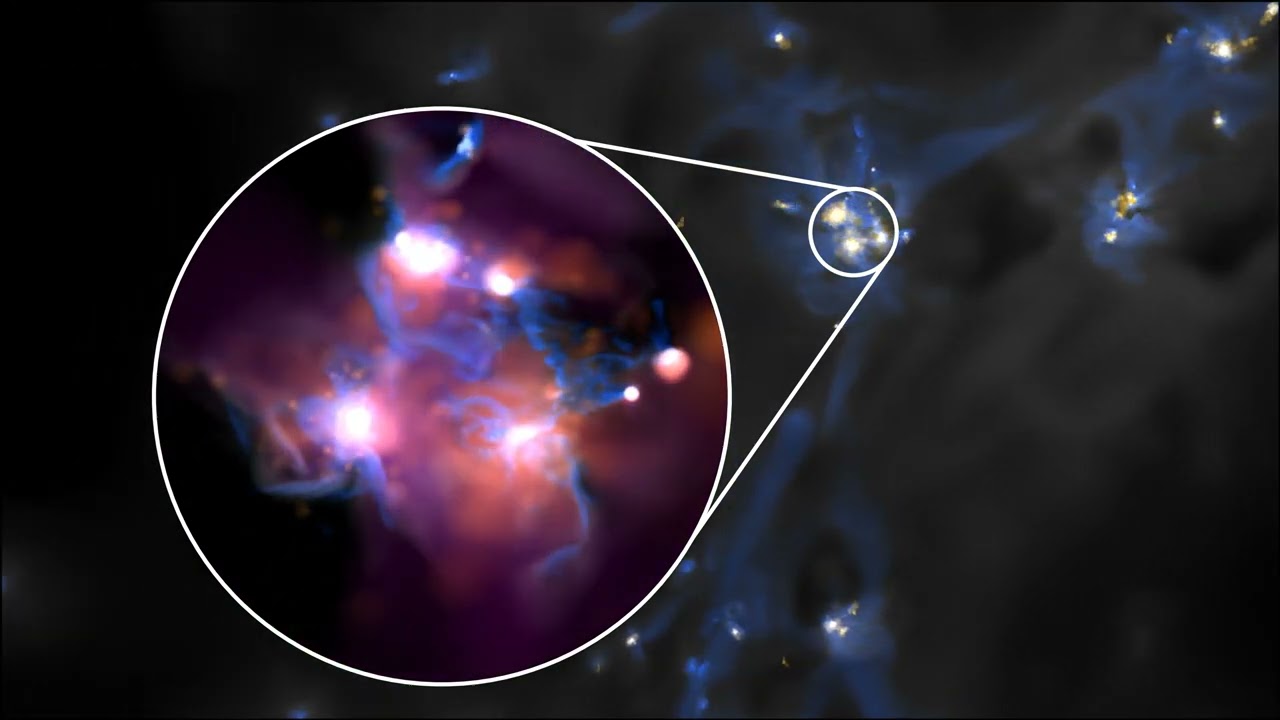The chaotic merger of galaxies explains the discovery of hydrogen in some observations.
From the beginning, the purpose of creating the James Webb Space Telescope was to be able to look back, as a kind of space-time machine, at events that occurred shortly after the Big Bang, when the universe was only a hundred million years old. The birth of the first stars, the formation of the first galaxies, and the appearance of the first lights can be studied with the help of the James Webb Space Telescope, which, unlike the Hubble Space Telescope, measures a much wider infrared range. Telescope observations revealed, among other things, that in the chaotic world of the early universe, strong hydrogen emission could be detected during the “dance” of neighboring galaxies merging with each other.
European Space Agency a description According to this, this is the source of hitherto unexplained hydrogen radiation, which astronomers had previously discovered and whose signs were supposed, according to theories, to be masked by gases produced after the Big Bang.
According to previous ideas, due to the absorption of so-called Lyman-alpha radiation by gases from hydrogen, this emission should not be detected in the case of early galaxies, but the radiation can still be observed – the researchers write in the journal Nature Astronomy In the study. “Detailed images from the James Webb Space Telescope, combined with magnetohydrodynamic simulations, show that interactions between galaxies allow radiation to escape.” – says summary notes.
ESA's video shows a simulation of these combined systems and the flow of hydrogen during the process. The video, created by Sergio Martin Alvarez, was produced using Durham University's Cosma supercomputer, which astronomers use to explore the secrets of the universe from the time of the Big Bang to the present day.
(Photo: Sergio Martin Alvarez)












































